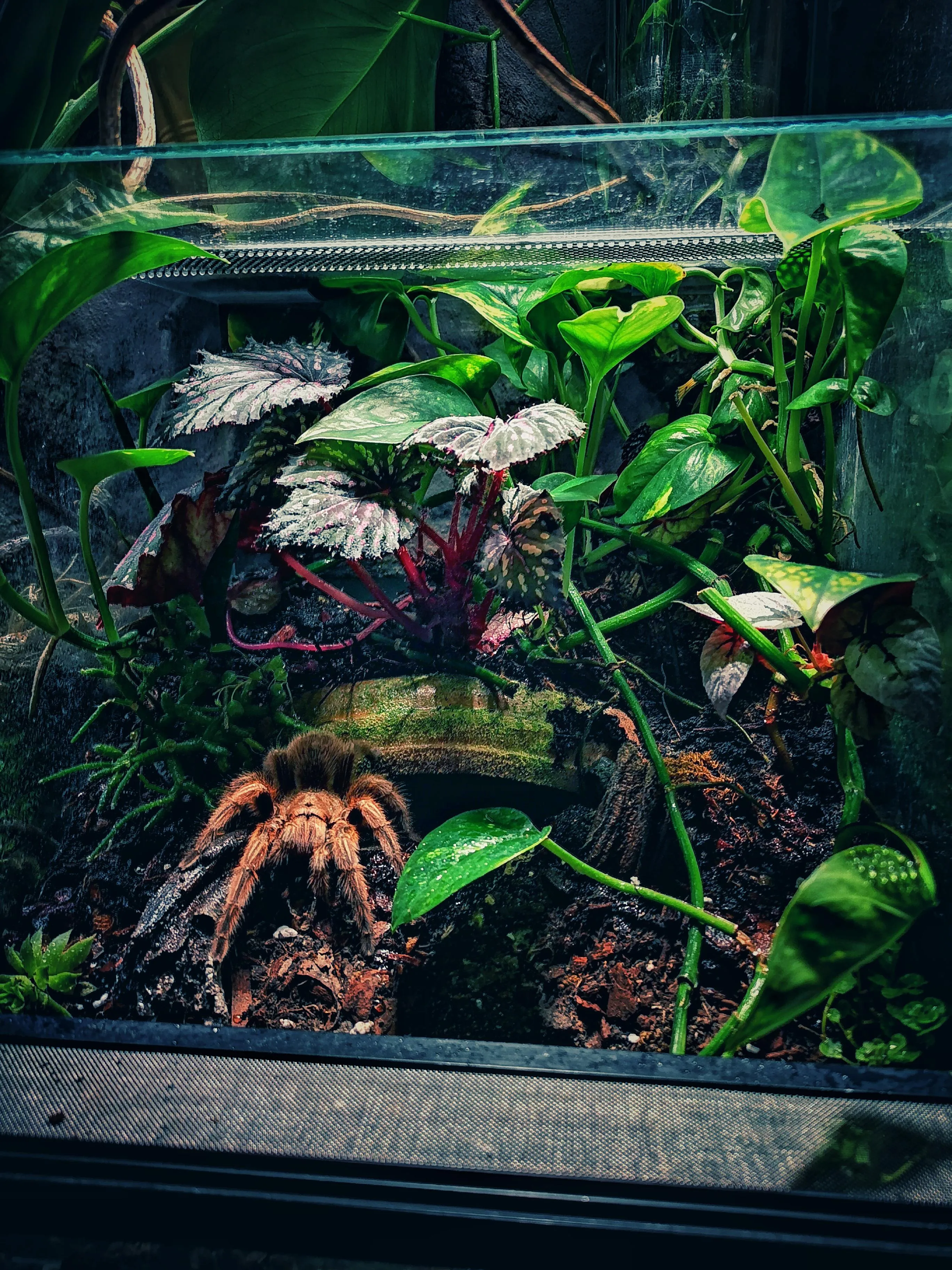Setting up a proper habitat is crucial for the health and well-being of your Rose Hair Tarantula (Grammostola rosea). This comprehensive guide will walk you through every step of the process, ensuring your eight-legged friend thrives in its new home. From choosing the right cage to maintaining optimal conditions, we’ll cover everything you need to know to create a comfortable and enriching environment for your pet tarantula. With the right setup, your Rose Hair Tarantula can live a long and healthy life, providing you with years of fascinating observation and enjoyment. This guide will help you create a perfect home for your Rose Hair Tarantula.
Choosing the Right Rose Hair Tarantula Cage
The cage is the foundation of your tarantula’s habitat. It needs to be the right size, made of appropriate materials, and provide a secure environment. Incorrect cage selection can lead to stress, escape attempts, and even injury to your tarantula. Consider factors such as size, ventilation, and ease of cleaning when selecting a cage. A well-chosen cage will not only house your tarantula but also contribute to its overall well-being, allowing it to thrive and exhibit its natural behaviors. Furthermore, the right cage will be easy for you to manage, making the process of caring for your tarantula more enjoyable.
Cage Size Requirements for Rose Hair Tarantulas
The size of the cage is paramount. A good rule of thumb is to provide a cage that is at least three times the tarantula’s leg span in width and length. For a juvenile Rose Hair Tarantula, a 5-gallon tank is generally sufficient. As the tarantula grows, you’ll need to upgrade to a larger enclosure. A fully grown adult may require a 10-gallon or even a 20-gallon long tank. Overly large enclosures can be difficult for younger tarantulas to navigate and may make it harder to find food, while too small enclosures can lead to stress and lack of space for essential behaviors. Proper sizing ensures the tarantula can move freely, hunt effectively, and feel secure in its environment.
Factors Influencing Cage Size
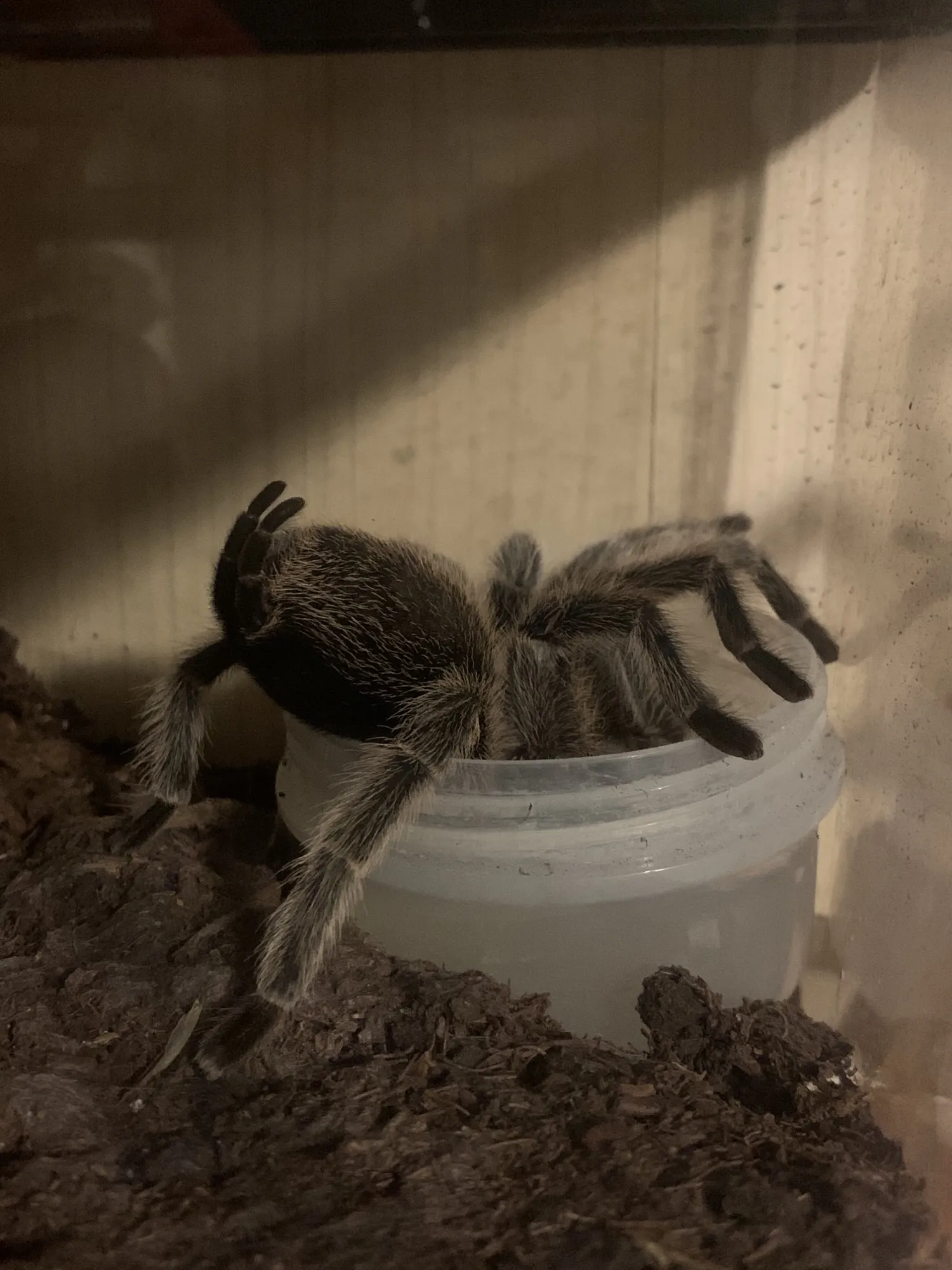
Several factors can influence the ideal cage size. The tarantula’s age and size are the primary determinants. Consider the potential for future growth; it’s often more economical to start with a slightly larger enclosure than to repeatedly upgrade. Also, the type of enclosure impacts available space, with the shape and design affecting usable area. The availability of hides, water dishes, and decor should also be considered; these items take up space, influencing how comfortably the tarantula can move within the enclosure. Furthermore, your personal preference for the aesthetics of the enclosure plays a role, as a larger enclosure allows for more elaborate decorations and a visually appealing setup.
Types of Rose Hair Tarantula Cages
Glass Cages for Rose Hair Tarantulas
Glass terrariums are a popular choice due to their transparency, allowing for easy viewing of your tarantula. They are also relatively easy to clean and maintain. Glass cages offer excellent visibility, allowing you to observe your tarantula’s behavior without obstruction. However, glass can be heavy and may not retain heat as effectively as other materials. When selecting a glass cage, ensure it has a secure lid to prevent escapes and proper ventilation to avoid stagnant air and potential mold growth. Ensure the cage is sturdy and placed on a stable surface to prevent accidental breakage.
Plastic Cages for Rose Hair Tarantulas
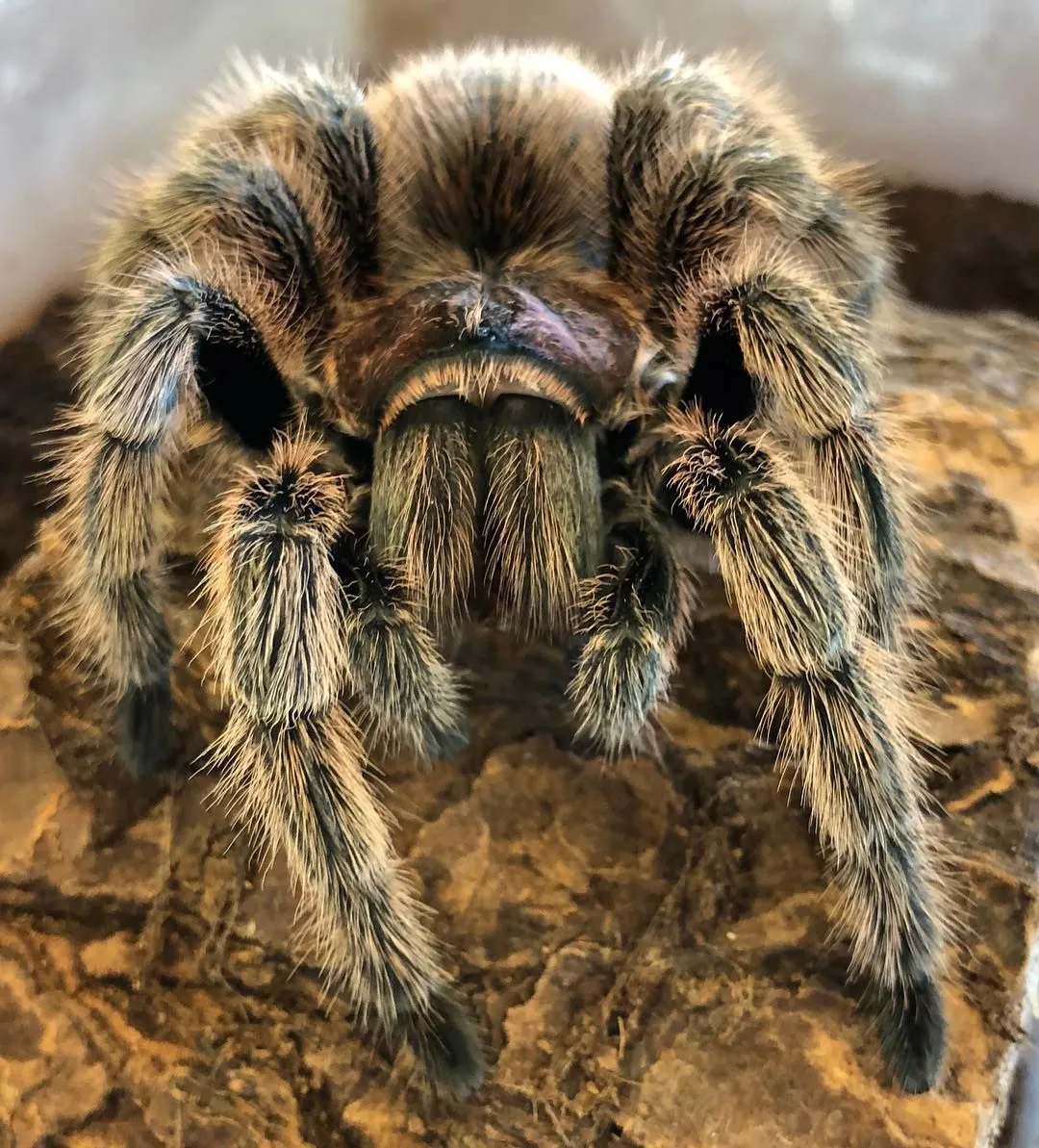
Plastic enclosures are another viable option, often more lightweight and less prone to breaking than glass. They typically come with integrated ventilation and secure lids. Plastic cages can be more cost-effective and easier to move. However, they may not offer the same level of clarity as glass. Make sure the plastic is non-toxic and appropriate for reptile or arachnid use. Also, ensure that the plastic material won’t warp or degrade when exposed to heat and humidity. Many plastic enclosures are specifically designed to provide the optimal environment for tarantulas, balancing functionality and safety.
Ventilation is Key for Your Tarantula
Proper ventilation is essential for the health of your Rose Hair Tarantula. Stagnant air can lead to mold growth and the buildup of harmful bacteria, while good airflow helps regulate humidity and prevent respiratory issues. A well-ventilated enclosure promotes a healthier environment, reducing the risk of disease and ensuring your tarantula can breathe comfortably. Inadequate ventilation can quickly turn a thriving habitat into a harmful one, emphasizing the critical need for proper airflow management.
Importance of Ventilation in the Cage
Ventilation is vital for maintaining air quality, controlling humidity levels, and preventing the growth of mold and bacteria. Good ventilation prevents the build-up of ammonia from waste and allows for the exchange of fresh air, which is critical for your tarantula’s respiratory health. Inadequate ventilation can lead to a host of problems, including respiratory infections, skin issues, and a general decline in the tarantula’s well-being. Proper airflow helps create a stable and healthy environment.
How to Ensure Proper Ventilation
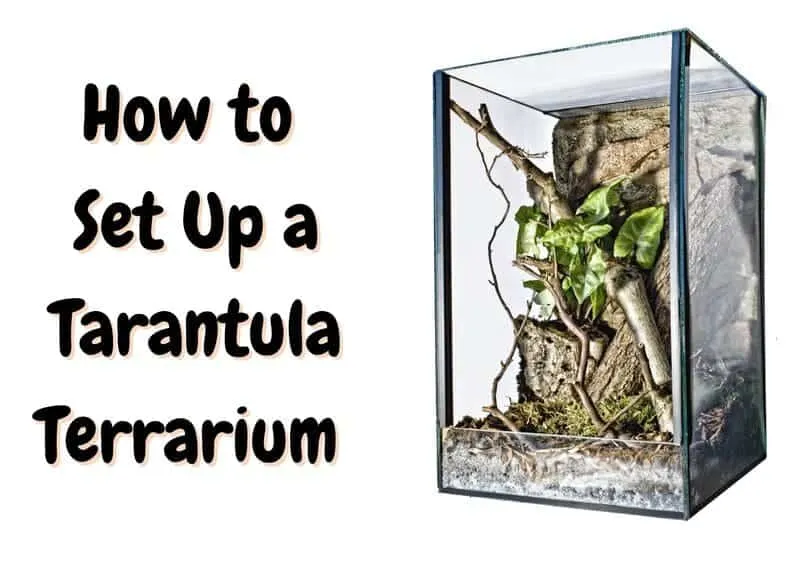
Most commercial tarantula enclosures come with built-in ventilation features, such as mesh tops or screened side vents. Ensure these vents are not blocked by substrate or decorations. You may need to add extra ventilation by drilling small holes in the sides or top of the enclosure. Place the cage in a location with good airflow, away from direct sunlight and drafts. Regularly check the ventilation system for any blockages, and clean vents as needed to maintain optimal airflow. Combining these strategies with careful monitoring will help maintain ideal conditions within the tarantula’s habitat.
Substrate Selection for Rose Hair Tarantula
The substrate is the bedding material that lines the bottom of your tarantula’s cage. It serves multiple purposes, including absorbing waste, maintaining humidity, and providing a natural environment for burrowing. The right substrate is essential for the health and well-being of your Rose Hair Tarantula. Choosing the wrong substrate can lead to a range of problems, from improper humidity levels to health issues. A well-chosen substrate will mimic the tarantula’s natural habitat, creating a comfortable and enriching environment.
Best Substrate Options for Rose Hair Tarantulas
Several substrates are suitable for Rose Hair Tarantulas, including coconut fiber (coir), peat moss, and a mixture of potting soil and vermiculite. Coconut fiber is a popular choice due to its excellent moisture retention and natural properties. Peat moss can also be used but may be more acidic. Avoid using substrates that contain chemicals, fertilizers, or pesticides. The ideal substrate should be able to retain humidity, allow for burrowing, and be non-toxic to your tarantula. Consider the substrate’s ability to decompose waste, which is vital for the long-term health of the enclosure.
Benefits of Coconut Fiber
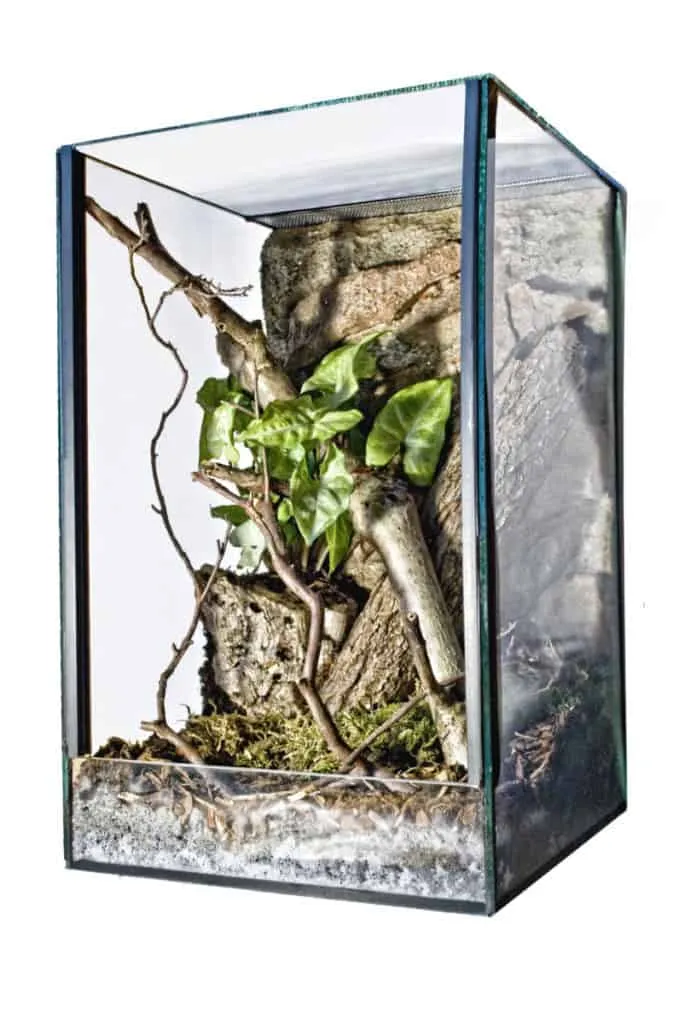
Coconut fiber, also known as coir, is an excellent substrate choice. It retains moisture well, which is essential for maintaining the proper humidity levels for your Rose Hair Tarantula. Coconut fiber is also naturally resistant to mold and mildew, which is important for the overall hygiene of the enclosure. It is readily available, relatively inexpensive, and easy to clean. Furthermore, coconut fiber provides a good surface for burrowing, allowing your tarantula to exhibit its natural behavior. Using coconut fiber creates an environment that closely resembles the tarantula’s natural habitat, promoting its health and happiness.
Adding Decorations to the Rose Hair Tarantula Cage
Adding decorations to your tarantula’s cage can significantly enhance its environment, providing enrichment and making the enclosure more visually appealing. Decorations give your tarantula places to hide, climb, and feel secure. It can also mimic its natural habitat. Decorations are not just for aesthetics; they contribute to the well-being of your tarantula by stimulating its natural instincts and providing a sense of security. Carefully selected decorations help your tarantula feel at home, reducing stress and promoting a healthier lifestyle.
Essential Decorations for a Happy Tarantula
Essential decorations include a hide or shelter, such as a piece of cork bark or a half-log, for the tarantula to retreat to when it feels threatened. Provide climbing opportunities with branches or driftwood, which can stimulate natural behaviors. Artificial plants can add visual interest and provide additional hiding spots, though make sure they are non-toxic and safe for your tarantula. Always secure decorations to prevent them from falling and potentially harming the tarantula. Consider adding a shallow water dish to provide a constant source of fresh water. The strategic placement of these items enhances the habitat and boosts your tarantula’s quality of life.
Creating Hides and Shelters
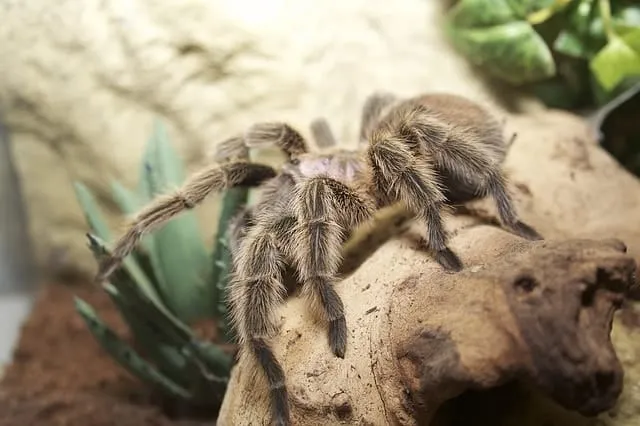
Hides are a fundamental part of the tarantula’s habitat. They provide a secure retreat where the tarantula can feel safe and reduce stress. Use commercially available hides, such as half-logs or pre-made caves, or create your own using cork bark, coconut shells, or even overturned plastic pots. Ensure the hide is large enough for the tarantula to comfortably fit inside. Position the hide in a location where the tarantula can easily access it. Providing multiple hides gives the tarantula a choice of where to rest and reduces competition. The hide is a safe space where the tarantula can eat, molt, and generally feel secure.
Maintaining Proper Humidity Levels
Maintaining proper humidity is crucial for the health of your Rose Hair Tarantula. It directly impacts the tarantula’s ability to molt properly, stay hydrated, and breathe comfortably. Insufficient humidity can lead to molting problems and dehydration, while excessively high humidity can promote mold growth and other health issues. Regular monitoring and adjustment of humidity levels are necessary to ensure the tarantula remains healthy and thrives. Proper humidity management is a critical aspect of responsible tarantula care.
Humidity Needs of Rose Hair Tarantulas
Rose Hair Tarantulas require a moderate humidity level, typically between 60% and 70%. Humidity levels can fluctuate. Monitor the humidity using a hygrometer. This will help you make informed decisions about when to mist the enclosure or adjust ventilation. The humidity level can also change depending on the season and your local climate. A general understanding of the humidity requirements specific to your tarantula’s species, coupled with careful monitoring, will help you to maintain the optimal environment.
Monitoring and Adjusting Humidity
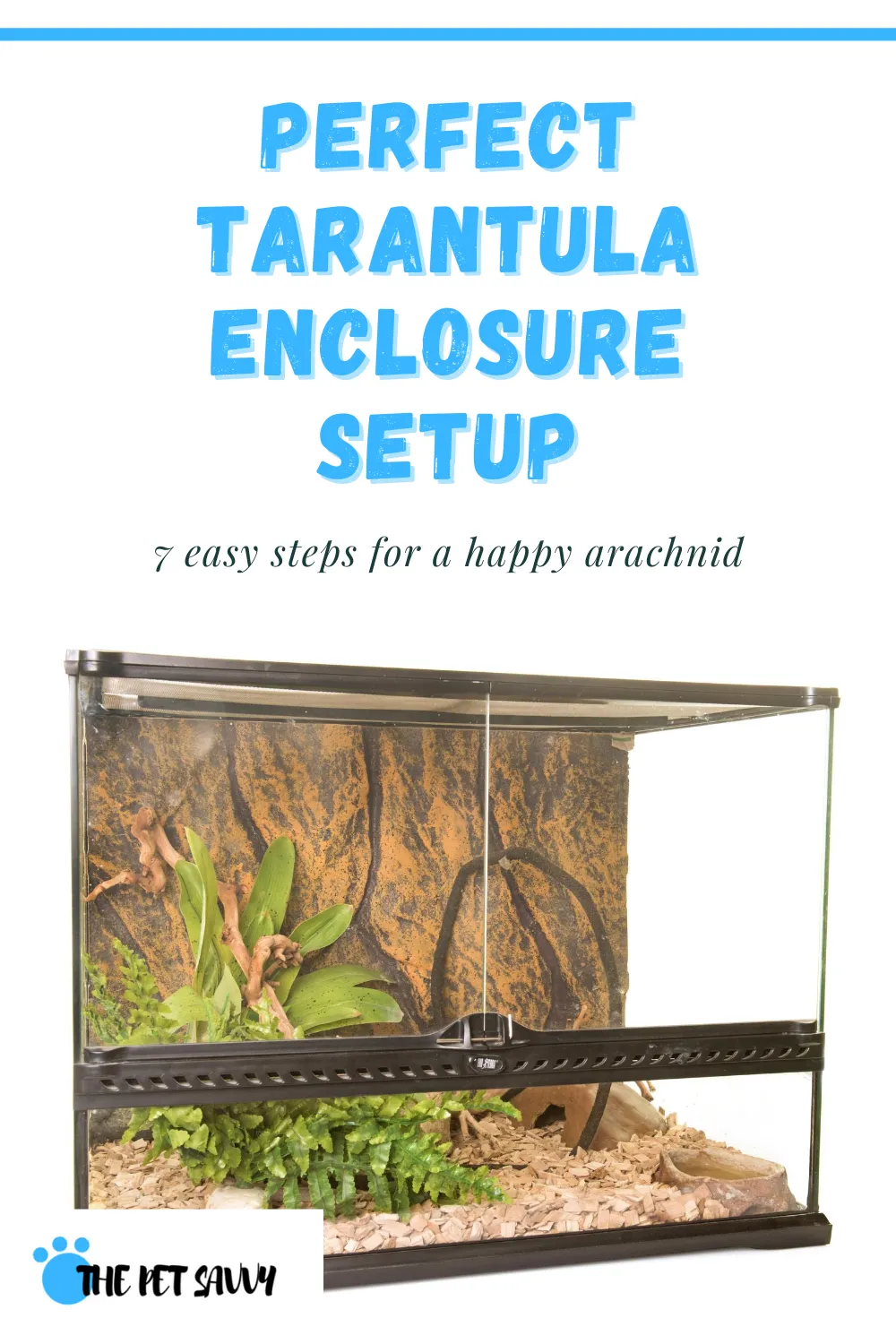
Use a hygrometer to regularly monitor humidity levels. If the humidity is too low, mist the substrate with dechlorinated water. Avoid spraying the tarantula directly. You can also increase humidity by providing a larger water dish or by partially covering the ventilation holes. If humidity is consistently too high, increase ventilation by opening the lid slightly or by adding extra ventilation holes. Monitor the enclosure daily, observing for condensation and mold growth. Making these adjustments ensures the environment remains safe and healthy for your tarantula.
Temperature Regulation in the Cage
Providing the correct temperature range is vital for your Rose Hair Tarantula’s metabolism, activity level, and overall health. Temperature fluctuations can significantly affect the tarantula’s ability to digest food, molt, and thrive. Too low or too high temperatures can be detrimental, stressing the tarantula and potentially leading to health issues. Maintaining the correct temperature range is essential for replicating the tarantula’s natural environment and ensuring its well-being. Therefore, the proper regulation of temperature must be a significant part of your tarantula care routine.
Ideal Temperature Range for Rose Hair Tarantulas
Rose Hair Tarantulas thrive at temperatures between 75°F and 80°F (24°C and 27°C). Use a thermometer to monitor the temperature within the enclosure, ensuring it remains within this range. The temperature should be consistent throughout the day and night, avoiding significant fluctuations. If your home is consistently cooler than this range, you might need to provide supplemental heating. Avoid placing the cage near direct sunlight, as this can cause excessive heat buildup. Consider the location of your tarantula’s enclosure carefully.
Heating Options for the Tarantula Cage
If your home temperature is not consistently within the ideal range, you may need to provide supplemental heating. A heat mat placed on the side of the enclosure is a safe option; it will not heat the enclosure excessively and will provide a stable temperature. Avoid using heat lamps, as they can dry out the enclosure and may cause burns if placed too close to the tarantula. Position the heat mat carefully to prevent overheating. Always monitor the temperature with a thermometer to ensure the heat source is maintaining the desired temperature range. Ensure that any heating device is properly regulated and protected to avoid potential hazards.
Feeding and Water for Your Tarantula
Providing proper nutrition and hydration is fundamental to the health of your Rose Hair Tarantula. A well-balanced diet and a constant supply of fresh water are necessary for the tarantula to grow, molt successfully, and thrive. The right diet keeps your tarantula healthy. Regularly attending to these nutritional needs supports its overall well-being. The food and water you provide directly affect the energy levels, activity, and longevity of your pet. Make sure to create a suitable feeding and watering schedule.
Providing Fresh Water
Always provide a shallow water dish filled with fresh, clean water. This is essential for your tarantula to stay hydrated. Use a dish that is shallow enough to prevent drowning but large enough for your tarantula to easily drink from. Replace the water at least twice a week, or more frequently if it becomes soiled. Clean the water dish regularly with warm water and mild soap, rinsing thoroughly to remove any residue. Make sure to use dechlorinated water. A constant supply of clean water is critical for your tarantula’s health and well-being.
Feeding Frequency and Food Choices
Rose Hair Tarantulas are opportunistic feeders. Feed juvenile tarantulas two to three times a week. Adults can be fed once or twice a week. Provide appropriately sized live insects, such as crickets, mealworms, or roaches. The size of the food should be no larger than the tarantula’s abdomen. Remove any uneaten food within 24 hours to prevent mold growth and ensure the enclosure remains clean. A varied diet of live insects provides a balanced intake of nutrients. Monitor your tarantula’s feeding habits to adjust the schedule and food types as needed.
Cleaning and Maintenance of the Cage
Regular cleaning and maintenance are essential to ensure a healthy and hygienic environment for your Rose Hair Tarantula. Cleaning the enclosure removes waste, prevents the growth of harmful bacteria and fungi, and maintains optimal humidity levels. A clean habitat contributes to the overall well-being of your tarantula. A well-maintained enclosure provides a more comfortable environment for your pet, reduces the risk of disease, and enhances its quality of life. Establishing a regular cleaning routine is a must for any tarantula owner.
Regular Cleaning Schedule
Spot clean the enclosure at least once a week, removing any visible waste or uneaten food. Replace the water dish with fresh water at the same time. Perform a full substrate change every few months, depending on the size of the enclosure and how quickly it becomes soiled. During the full clean, remove the tarantula (if possible), replace all substrate, and clean the entire enclosure with warm water and mild soap, rinsing thoroughly. Regularly check the enclosure for mold and take immediate action if detected. A regular cleaning schedule keeps the enclosure clean and healthy.
Dealing with Leftover Food and Waste
Remove uneaten food within 24 hours to prevent mold growth and the attraction of unwanted pests. Regularly check for waste, such as old exoskeletons and feces, and remove it promptly. Use tools like long tweezers to remove uneaten food or waste without disturbing the tarantula. Keep the enclosure clean and free from potential hazards that could harm your tarantula. Regular waste removal is a simple yet critical aspect of maintenance. Prompt removal helps maintain the integrity of the enclosure.
By following these Rose Hair Tarantula cage setup tips, you can create a thriving, healthy, and happy environment for your pet. Remember that consistency is key to proper tarantula care. Enjoy the rewarding experience of observing and caring for this fascinating creature.
